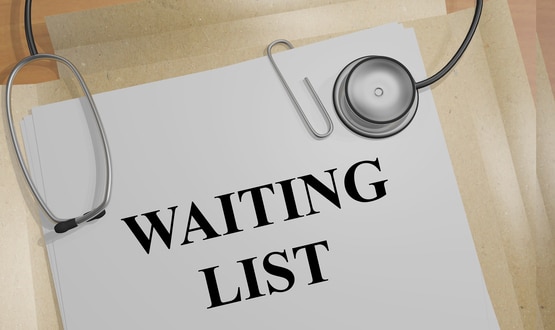Isle of Wight NHS Trust implements healthcare communications solution
- 12 February 2024

Isle of Wight NHS Trust has been able to reduce its waiting lists by 12%, following the implementation of Healthcare Communications’ Waiting List Validation.
The trust used SMS notifications and digital forms to determine whether patients still required treatment. They achieved a 70% response rate – equating to 5,312 responses across both inpatient and outpatient departments. These responses meant the trust was able to remove 12% of patients from waiting lists – with a total of 656 patients indicating that treatment was no longer required.
Isle of Wight NHS Trust worked closely with Healthcare Communications to ensure that the correct terminology and templates were in place over the six-week planning and testing period. Following this, there was a further two weeks where patients were contacted.
Patients who had been on a specific waiting list for more than 12 weeks received a text message about their treatment and whether they still required an appointment or procedure. Within the text message was a unique four-digit code and a link to a short questionnaire. Patients were given 24 hours to respond. For those who did not respond, or who had not given a mobile telephone number, a letter was sent by post, with a QR code to access the questionnaire.
To ensure patients were comfortable with the new SMS communication method, Isle of Wight NHS Trust set up a dedicated phone line and inbox to respond to any concerns, queries or questions. In addition, the trust publicised its plans ahead of implementation, with a public-facing communications campaign through online media.
Rachel Dominey, associate director, Isle of Wight NHS Trust, said: “Having never done a digital engagement exercise of this nature before, we were unsure how well it would be received on the Island particularly given the older population and misconception that patients prefer to telephone the hospital. However, we were pleasantly surprised at the uptake from our patients to engage with the hospital digitally, with almost 20% saying they would like future communications to reach them via text message.”
Kenny Bloxham, managing director, Healthcare Communications, added: “The quick success of this project not only reflects the dedicated efforts of the trust but also establishes a benchmark for other rural trusts serving ageing populations that might be hesitant to embrace digital technologies.”
The trust is now working to record more mobile phone numbers for its patients and to unify all digital communications through the implementation of Healthcare Communications’ patient engagement portal. Isle of Wight NHS Trust is planning to go live with the regional PEP as early as April 2024, and further integrate the solution with the NHS App and Wayfinder later this year.
Tackling lengthy waiting lists is becoming ever more important – last year we saw Health Call launch its waiting list validation tool in a bid to support NHS trusts achieve elective recovery.



